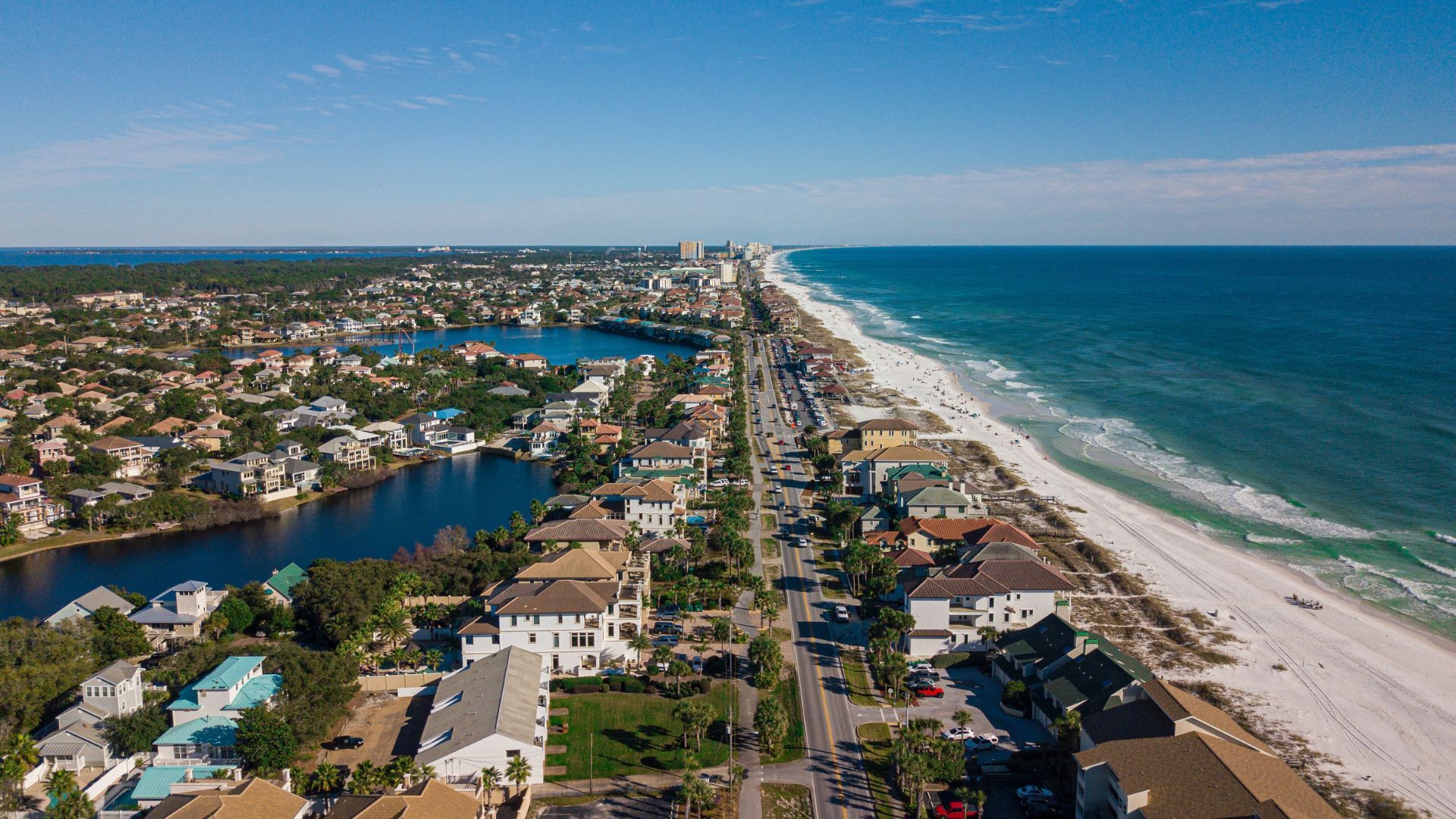Call (727) 784-5555
Home prices skyrocketed in December
Annual price increases were greatest in Cape Coral-Fort Myers, Florida
The S&P CoreLogic Case-Shiller 20-city price index posted a 18.6% year-over-year gain in December, up marginally from 18.3% the previous month. The index increased 1.5% from November 2021.
The national home price index showed similar helium, with an 18.8% growth rate between December 2021 and December 2020, basically in line with price growth in November.
“This is the highest calendar year increase in 34 years of data, and substantially ahead of 2020’s 10.4% gain,” Craig Lazzara, managing director at S&P Dow Jones International, said in a statement.
The Federal Housing Finance Agency found that U.S. house prices rose 17.5% overall from the fourth quarter of 2020 to the fourth quarter of 2021.
“House prices continued to climb but not as rapidly during the final quarter of 2021 as in earlier quarters,” said William Doerner, a supervisory economist at the FHFA. “Housing trends over the past year have created challenges. The quick house price gains may be counterbalanced as mortgage rates increase. However, more expensive housing has elevated affordability to become a broader concern as available supply remains limited.”
House prices rose in all 50 states and the District of Columbia over the last year. The five areas with the highest annual appreciation were Arizona (27.4%); Utah (27.1%); Idaho (27.0%); Florida (25.6%); and Tennessee (24.1%). The areas showing the lowest annual appreciation were Washington, D.C.; Louisiana; North Dakota; Maryland; and Alaska.
An estimated 140,000 renovated properties purchased at foreclosure auction or bank-owned auction were resold to owner-occupant buyers between January 2020 and December 2021
Presented by: Auction.com
According to the FHFA, annual price increases were greatest in Cape Coral-Fort Myers, Florida, where prices increased by 34.6%, according to the FHFA’s House Price Index. Prices were weakest in the Frederick-Gaithersburg, Rockville, Maryland MSA, where they increased by 8.5%.
Phoenix registered the highest rate of home-price growth in the country in December, according to the Case-Shiller report, with a 32.5% year-over-year increase. The next highest were Tampa at a 29.4% gain and Miami with a 27.3% increase.
Though home prices are expected to continue to rise in coming months, largely due to continuing low levels of inventory, rising mortgage rates will push down origination volume.
Buyers in entry- and mid-level markets – where inventory is even weaker – will be more acutely affected by the jump in rates. As of Tuesday, rates were hovering around 4% for a fixed-rate 30-year mortgage.
Start Your Loan
with DDA todayYour local Mortgage Broker
Mortgage Broker Largo See our Reviews
Looking for more details? Listen to our extended podcast!
Check out our other helpful videos to learn more about credit and residential mortgages.





